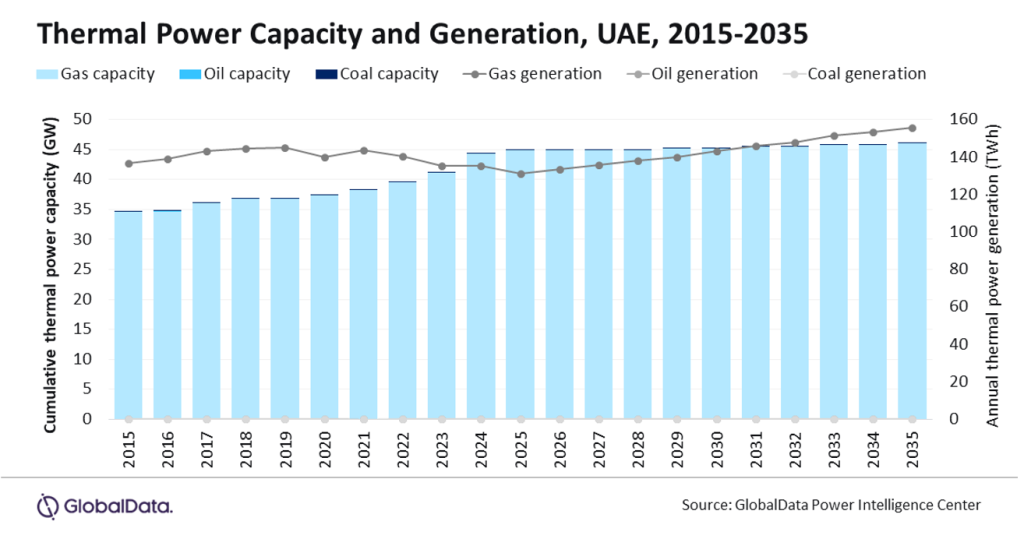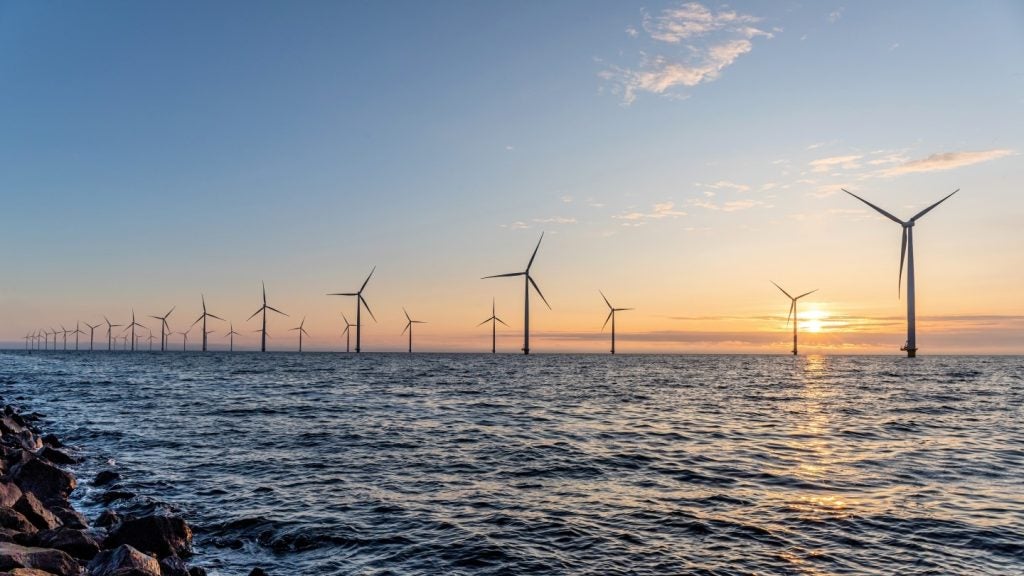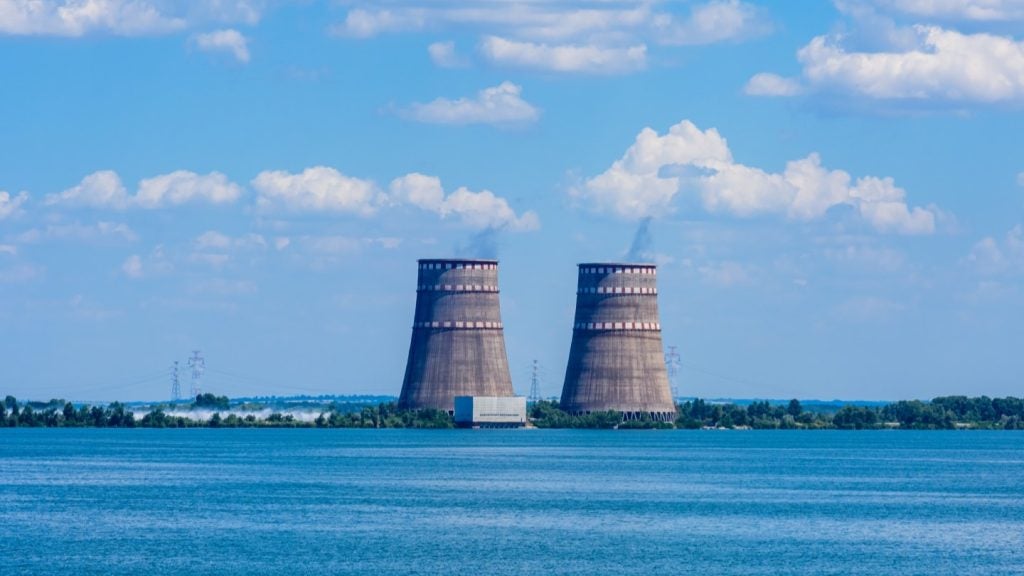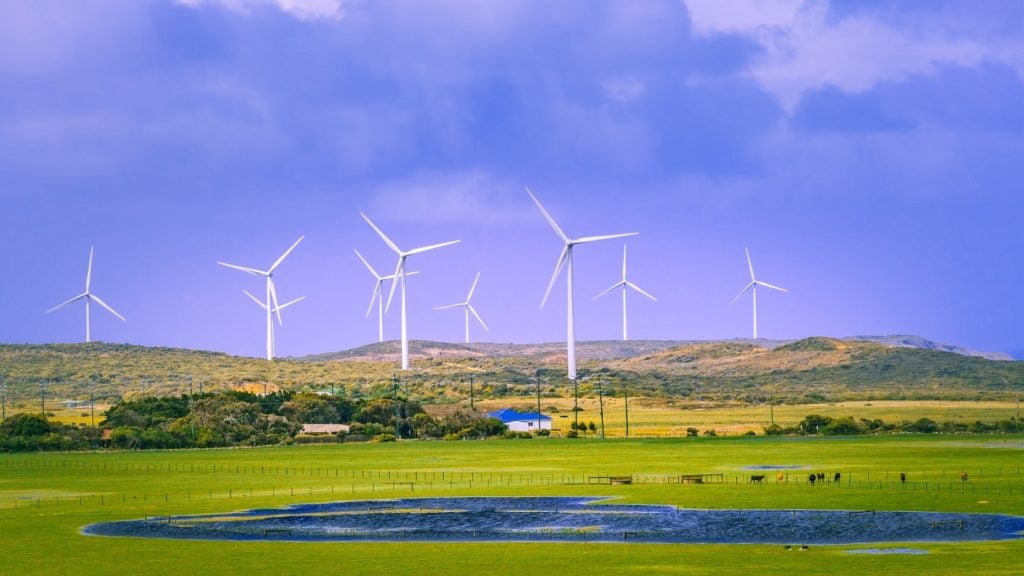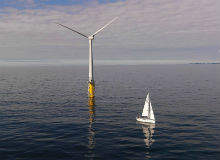

In November 2015, Statoil made the final investment decision to go ahead with a 30MW floating wind farm offshore Peterhead in Aberdeenshire, Scotland. This decision marks an important advancement in the offshore wind sector that could potentially open up new markets around the world.
The purpose of the Peterhead project, which requires an triggers NOK2bn of investment and will power around 20,000 households, is intended to demonstrate the feasibility of multiple floating wind turbines.
It’s thought that floating wind turbines could make offshore wind farm approval more achievable in areas where it has previously been difficult to secure and, although other companies are looking into floating wind turbine structures, the success of Statoil’s first-of-its-kind project will surely be a catalyst for further development and deployment of the technology.
Reducing costs
Statoil’s floating turbine technology was first conceptualised in 2001 and developed through combining experiences from offshore oil and gas, and wind industries. In 2009, Statoil built the world’s first floating, full-scale wind turbine offshore Norway, the Hywind Demo.
How well do you really know your competitors?
Access the most comprehensive Company Profiles on the market, powered by GlobalData. Save hours of research. Gain competitive edge.

Thank you!
Your download email will arrive shortly
Not ready to buy yet? Download a free sample
We are confident about the unique quality of our Company Profiles. However, we want you to make the most beneficial decision for your business, so we offer a free sample that you can download by submitting the below form
By GlobalDataStatoil says it expects a 60%-70% cost reduction per MW installed capacity from the Peterhead project, compared with the Hywind Demo.
However, some have been sceptical about Statoil achieving this. Peter Jamieson from The University of Strathclyde Engineering, who has done researched into floating wind farms, says this figure is rather ‘evasive’.
“Prototype costs can be as much as four times production costs and the real question is not what cost reduction is achieved relative to the prototype, but what cost of energy they think they can get to in production,” he says.
“In general, floating systems are likely to be more expensive than systems on fixed foundations up to a certain water depth.”
However, Trine Ingeborg Ulla, manager of business development in Statoil’s New Energy Solutions believes that deployment is the key to reducing costs. “The more we can deploy the concept, the more we can reduce the costs,” he says.
“We believe that Hywind can be at least as competitive, or even better, than fixed installations towards 2030.”
The Hywind Peterhead project will see the scale of installation ramped up from a 2.3MW turbine deployed at the Norwegian demo project to 6MW turbine, which Ingeborg Ulla says is a ‘huge step’ that will affect all elements of the project from design to constructability, mooring, marine operations and control.
Reaping the benefits
One of the key benefits of floating wind turbines have over fixed structures is the ability to be deployed further offshore beyond 100m where there is generally more wind, or more consistent, or stable wind.
“This does help recoup the higher cost initially both in development and deployment,” says Edgar van der Meer, a senior analyst at NRG Expert. It also broadens the search for potential wind farm sites.
“The attraction of floating technology is to exploit good wind resource areas comparatively near population centres that have been unavailable because of water depth,” says Jamieson adds.
Deploying turbines further away from shore reduces their visibility onshore, which could potentially lower reducing complaints from communities who might view them as an eyesore, or who want to use the space for other commercial projects such as shipping and fishing.
“When you take away the limitation of having to build in shallower water you can build them further offshore and lose all those drawbacks,” says van der Meer.
Conversely, he points out that deploying wind projects further away creates the problem of having to use longer, more costly undersea cables which can be costly. “You have to factor in costs of insulation, but also there are bigger risks of cables being damaged, or destroyed by anchoring,” he says.
“So there has been a bit of disincentive to go further out to sea, but what we are seeing now is the cost of turbines has come down and the cost of the components has come down to the point where it becomes a worthwhile investment for the very capable and a very sound choice.”
Easier assembly
Another advantage of floating turbines is that assembly can be carried out onshore in sheltered conditions, reducing the offshore installation risk.
“If you are building directly offshore you have to use pile drivers and heavier equipment to construct,” van der Meer adds.
“The capital cost is less in offshore wind but the cost of creating the floating foundations has to be added in,” he says.
This also creates the option opens up the potential for of standardisation of equipment that is relatively independent of water depth and sea bed conditions, says Jamieson.
Although this will depend on the “development of effective design concepts and demonstration of cost-effective technology especially in respect of the floater and its mooring system,” he says.
Statoil’s Hywind technology is turbine independent and any offshore wind turbine generator can be used as long as the combined weight of the nacelle and rotor is within the requirements for marine stability. The structure is ballast-stabilised and anchored to the seabed. The mooring system consists of three mooring lines attached to anchors suited to the sea floorbed conditions on site.
Future feasibility
Jamieson confirms assures that there is already considerable momentum for floating wind turbines within the industry, as for floating wind turbines with many companies are interested in the systems.
But being as the largest scale project of its kind, the industry will be watching eagerly to see what comes from the Hywind project, particularly in terms of cost analysis and reliability of output.
Can floating wind farms deliver a higher, more reliable output than onshore wind farms? This is the question many hope Hywind will answer.
If the project is successful can we will surely see more floating wind farms developed, says van der Meer.
“The indications so far in any of the pilot and test projects that have been done have been very promising, but in a real-world scenario there are other factors that come into play and that is now what is going to be looked at by the industry,” he says.
“If successful, we might see areas that haven’t adopted offshore wind in the way that Europe has done, such as North America, taking an interest and really going ahead with development,” he adds.
“It is very much an interesting market to watch and we may see surprises in terms of where projects will be deployed.”




